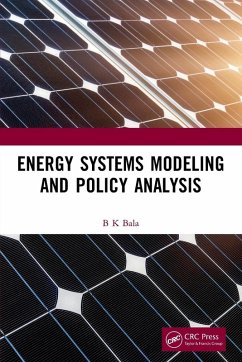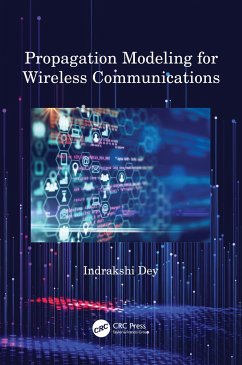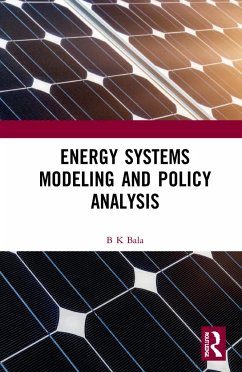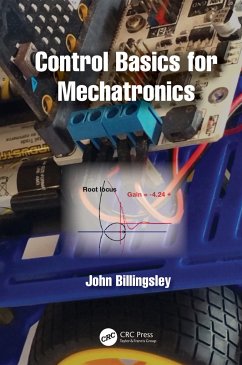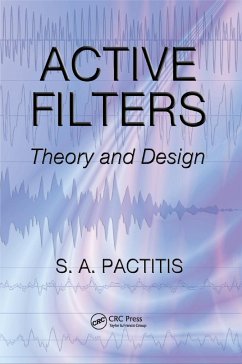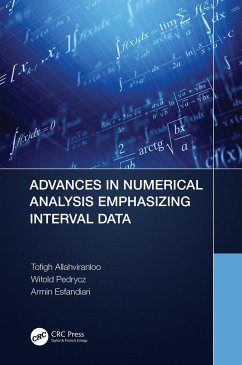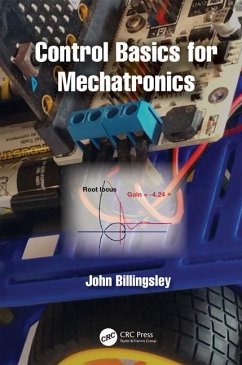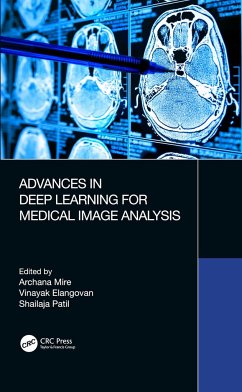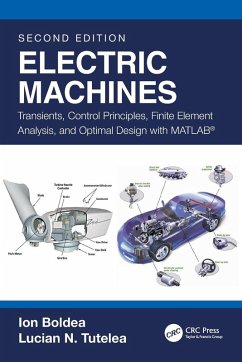Jitendra R. Raol (National Aerospace Laboratories (CSIR-NAL) IndiaJatinder Singh (National Aerospace Laboratories (CSIR-NAL) India )
Gebundenes Buch
Flight Mechanics Modeling and Analysis
Versandkostenfrei!
Versandfertig in 1-2 Wochen
Weitere Ausgaben:

PAYBACK Punkte
68 °P sammeln!




Flight Mechanics Modeling and Analysis comprehensively covers flight mechanics and flight dynamics using a systems approach. The book focuses on applied mathematics and control theory in its discussion of flight mechanics to build a strong foundation for solving design and control problems.
Jitendra R. Raol received his B.E. and M.E. degrees in electrical engineering from M.S. University (MSU) of Baroda, Vadodara, in 1971 and 1973, respectively, and a Ph.D. (in electrical & computer engineering) from McMaster University, Hamilton, Canada, in 1986. He joined the National Aeronautical Laboratory (NAL) in 1975. At CSIR-NAL, he was involved in the activities on human pilot modeling in fix- and motion-based research flight simulators. He re-joined NAL in 1986 and retired in July 2007 as Scientist-G (and Head, flight mechanics and control division at CSIR-NAL). He was a Fellow of the IEE/IET (United Kingdom) and a senior member of the IEEE (United States). He is a life-fellow of the Aeronautical Society of India and a life member of the Systems Society of India. He has published nearly 150 research papers and numerous technical reports. He had guest-edited two special issues of Sadhana and two special issues of the Defense Science Journal (New Delhi, India). He co-authored an IEE/IET Control Series book, Modeling and Parameter Estimation of Dynamic Systems (2004), a CRC Press book, Flight Mechanics Modeling and Analysis (2009), a CRC Press book, Nonlinear Filtering: Concepts and Engineering Applications (2017), and a CRC Press book, Control Systems: Classical, Modern, and AI based Approaches (2019). He has also authored CRC Press books: Multi-Sensor Data Fusion with MATLAB (2010), and Data Fusion Mathematics: Theory and Practice (2015). He also edited a CRC Press book, Mobile Intelligent Autonomous Systems (2012). Jatinder Singh is a chief scientist and heads the division of flight mechanics and control at the CSIR-NAL, Bangalore. In 1998, he joined as a senior scientist in the flight mechanics and control division of the National Aeronautical Laboratory (NAL). He has a PhD from IIT, Kanpur. He was a recipient of the Alexander von Humboldt fellowship and has worked as a guest scientist at the DLR Institute for Flight Systems, Braunschweig, Germany before joining NAL. He is a senior member of the AIAA, and a life member of Aeronautical Society of India and the Systems Society of India. He is recipient of the NAL foundation day award and was also a member of the team, under the leadership of Dr. J. R. Raol, that won the CSIR technology shield for the year 2003 that was awarded to the flight mechanics and control division of NAL for their contribution to the integrated flight mechanics and control technology for aerospace vehicles. He has several conference and journal papers to his credit. He has also co-authored the book, Modelling and Parameter Estimation for Dynamic Systems, published by the IEE/IET, London, UK in 2004. He has been extensively involved in aircraft modelling and parameter estimation work and has made significant contribution to the LCA (light combat aircraft) program.
Produktdetails
- Verlag: Taylor & Francis Ltd
- 2 ed
- Seitenzahl: 568
- Erscheinungstermin: 31. März 2023
- Englisch
- Abmessung: 240mm x 161mm x 35mm
- Gewicht: 954g
- ISBN-13: 9781032276090
- ISBN-10: 1032276096
- Artikelnr.: 66730505
Herstellerkennzeichnung
Libri GmbH
Europaallee 1
36244 Bad Hersfeld
gpsr@libri.de
Für dieses Produkt wurde noch keine Bewertung abgegeben. Wir würden uns sehr freuen, wenn du die erste Bewertung schreibst!
Eine Bewertung schreiben
Eine Bewertung schreiben
Andere Kunden interessierten sich für




